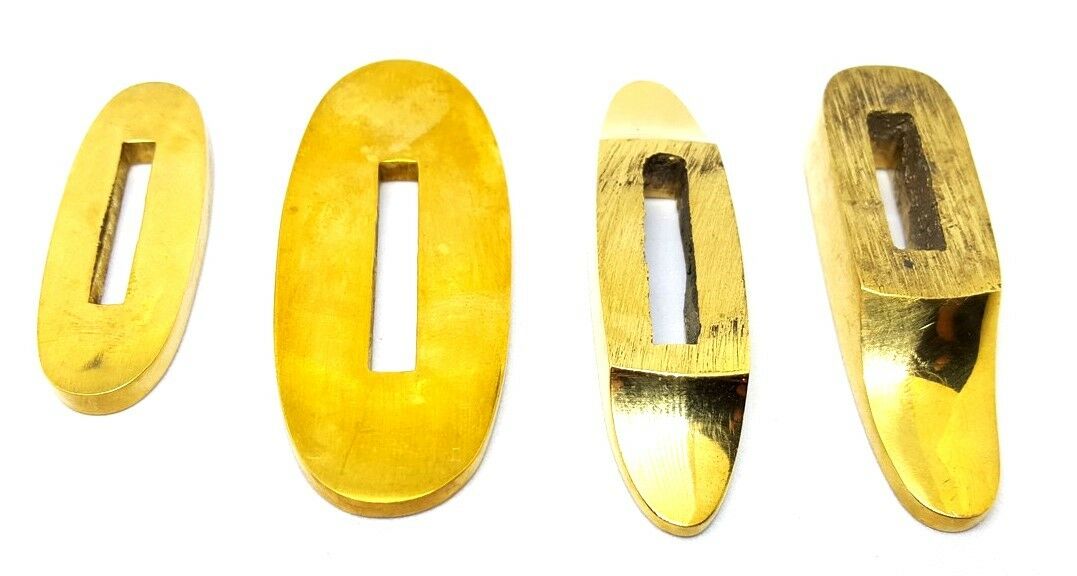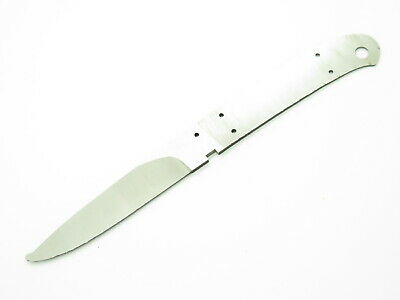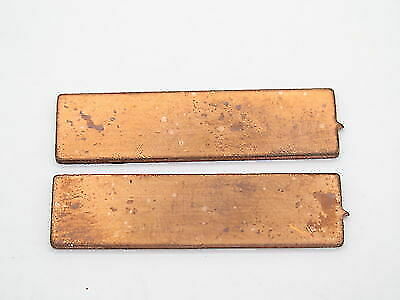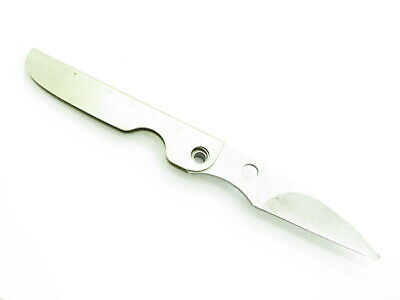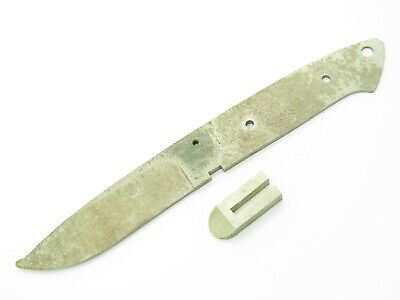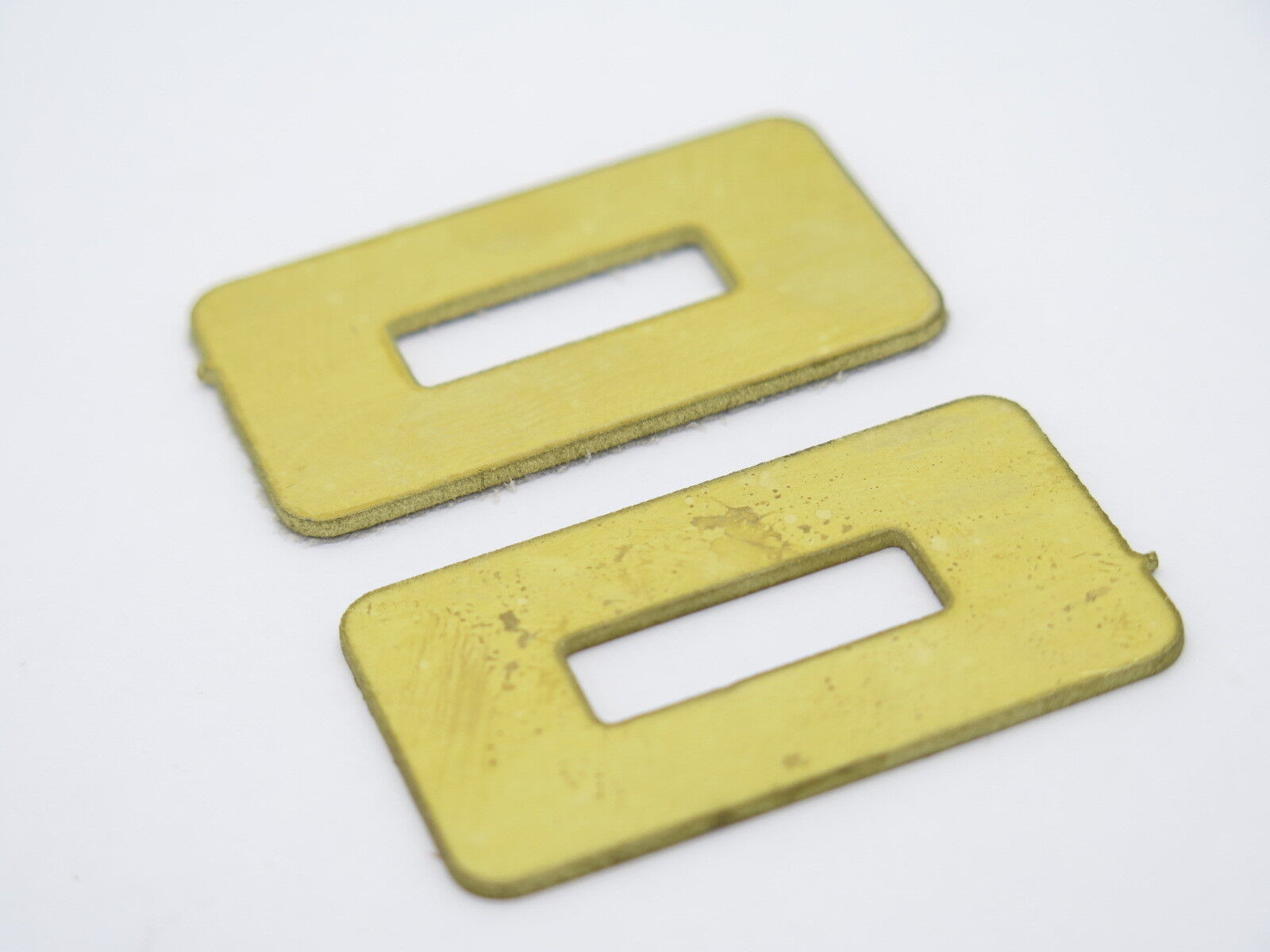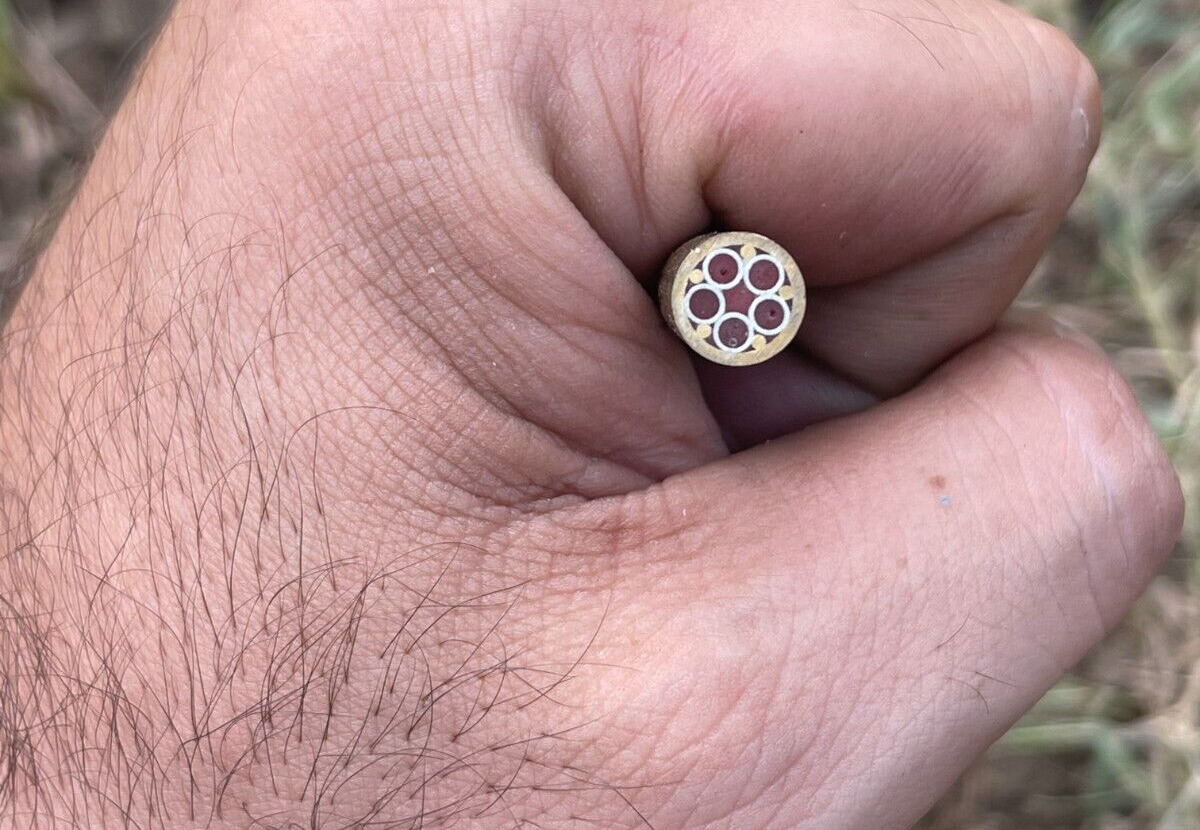-40%
T10 Carbon Steel Sharp Clay Temper Harden Bare Blade For Japanese Samurai Sword
$ 82.93
- Description
- Size Guide
Description
Store categorySign Up Now !
You may also like
T10 Carbon Steel Sharp Clay Temper Harden Bare Blade For Japanese Samurai Sword
Product Description
Item Specifictions
Material: T10 carbon steel
Making craft:Â clay coatedï¼tempered, quenched, hand forged and polished with 13 procedures
Hamon: graceful real hamon
Polishing style:
Hadori
Bo-hi: NO
Tang: full tang
Whole length: 97.4 cm (38.35")
Blade length: 70.4 cm (27.72")
Nakago length: 27 cm (10.63")
Width: 3.2cm (1.26")
Thickness: 0.7cm (0.28")
Habaki: high quality brass
Package Includes
1 * naked blade
-Please note
Usually we don't maintain the nakago part. Even some users won't remove the rust on the nakago because it can make the blade more firm. So the rust on nakago is not quality problem, if you cannot accept this, please consider carefully before your purchase.
-There is no hole on the nakago/tang of the blade, you need drill it by yourself. If you want us to drill it for u, please contact us before payment.
The Modern Style Polishing (Hadori Style Polishing åå)
It is designed to highlight the aesthetics of the blade. In this style polishing, the hamon appears white against the black, shining steel and the mirror finished shinogi-ji. It is so aesthetic that it makes a blade perfect for display.
The white pattern that looks like hamon is called "HADORI". It is not a true hamon, but it is designed by polisher along the hamon to exaggerate it. When you look at the blade under a proper light, you can see the true hamon under the hadori.
With the modern polishing style, you can see the blades with aesthetically "made-up face".
This polishing style was developed by a famous polisher in the early 20th century.
About T10 carbon steel
The best quality of high carbon steel is T10, the carbon content was 1.03%, and the element contains a small amount of chromium, molybdenum, vanadium, after heat treatment can reach HRc 58-60 hardness. Toughness is very good, but it is not resistant to rust. It is applied to traditional european-style hunting knife, large cutting knife and military dao.
Differential Hardening
A differential hardened blade will usually be coated with an insulating layer. The insulation layer is quite often a mixture of clay, ashes, polishing stone powder, and salts, which protects the back of the blade from cooling very quickly when quenched. The clay is often applied by painting it on, coating the blade very thickly around the center and spine, but leaving the edge exposed. This allows the edge to cool very quickly, turning it into a very hard microstructure called martensite, but causes the rest of the blade to cool slowly, turning it into a soft microstructure called pearlite. This produces an edge that is exceptionally hard and brittle, but is backed-up by softer, tougher metal. The edge, however, will usually be too hard, so after quenching the entire blade is usually
tempered
to around 400 °F (204 °C) for a short time, to bring the hardness of the edge down to around
HRc60
on the Rockwell hardness scale.
The exact composition of the clay mixture, the thickness of the coating, and even the temperature of the water were often closely guarded secrets of the various bladesmithing schools. With the clay mixture, the main goal was to find a mixture that would withstand high temperatures and adhere to the blade without shrinking, cracking, or peeling as it dried. Sometimes the back of the blade was coated with clay, leaving the edge exposed. Other times the entire blade was coated and then the clay was cut away from the edge. Another method was to apply the clay thickly at the back but thinly at the edge, providing a lesser amount of insulation. By controlling the thickness of the edge-coating along with the temperature of the water, the cooling rate of each part of the blade can be controlled to produce the proper hardness upon quenching without the need for further tempering.
Quench
After the blade has been shaped, the sword would be quenched.Today we quench our swords in either water or oil.Quenching a sword in water is more difficult to control, but yields better results. The defect rate is about five times higher than oil quenching, which is much more stable and easier to control.Blades quenched in oil are still considerably hardened and do have superior flexibility compared to a water quenched blade. The more rapidly a blade cools down, the harder it becomes. Thus, when a hot blade enters the water, the water also gains heat and the blade will cool more gradually. Therefore, the first part of the blade that enters the water will be the hardest.
Therefore, the technique of quenching was also very important.Katana swords would simply enter the water edge and tip first, leaving the spine or back and lower section of the blade softer. This was also done for practical reasons, as the âsofterâ sections were better for absorbing shock and impact and employed for defensive measures.
NOTICE
Payment
About us
Contact us
Delivery details
NOTICE
International Buyers â Please Note:
a) Import duties, taxes and charges are not included in the item price or shipping charges. These charges are the buyerâs responsibility.
b) Please check with your countryâs customs office to determine what these additional costs will be prior to bidding/buying.
Payment
Only
PayPal
accepted.
All payments are expected within 7 days after the last winning auction is closed. All items from unpaid auctions will be forfeited and an Unpaid Item claim will be filed against your account on eBay.
About us
We only ship to the confirmed address provided by Ebay. Before you pay, please make sure your address in Ebay matches the address you would like us to ship to.
Buyers' Information: We strive our best to provide you the most reliable, affordable way of shipping service. However, sometimes international delivery is highly depended on the courier company and local customs/duties. If you do not receive your item on time, please contact us immediately for further assistance. Please note that we do not ship on weekends, or national holidays. If you make a payment by eCheck, it may take longer since it has to clear your bank first before the order is processed. We recommend our buyer to combine shipping.
Contact us
We are one of the sword manufactures in Longquan China where is famous for sword making. We are professional in making and selling. All items selling on ebay are brand new from our fatory. We are selling Japanese swords ,such as KATANA,WAKIZASHI,TANTO,NINJATO and kinds of Chinese swords.
We can change some fittings of the swords if you need. We can engrave your name on the blade for free.
we are not a reseller,so the price is competetive.All of our swords are handmade.Don't worry about the quality.
Delivery details
If there is any problem, just contact us.
Please contact with us before you leave feedback. We will try our best to solve the problem for you, thank you.
Customer satisfaction is always the most important for us.Sometimes,you may not get our reply immediately due to the time difference among each country. However, please be assured that weâll strive to reply you as soon as possible once we got your messages. Wish you have a very pleasant buying experience with us.
Feedback












